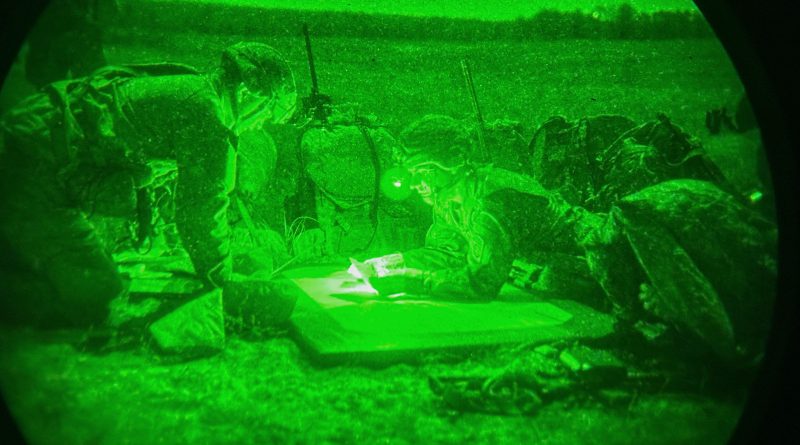One year after Makiivka: Enea details methods to track mobile devices in modern warfare
One year on from Ukraine’s strike on Russian troops in Makiivka, which was said to have been made possible by tracking Russian troop’s mobile phones, Enea’s groundbreaking report, “Location Tracking on the Battlefield: Phones Under Fire,” marks the first complete review of mobile tracking methods used in modern warfare with a focus on Ukraine.
In the new report, Enea gives a comprehensive overview of the various methods to gain military intelligence by tracking mobile devices on the battlefield. This is the first time a complete perspective, including military radio-centric and mobile network-centric methods, has been offered in a single report, providing individuals and organizations the guidance to understand the full scope of risks when using connected devices in conflict zones.
After the Makiivka strike on New Year’s Day 2023, the Russian defense ministry stated that the use of mobile phones by their forces allowed Ukraine to locate the target for the attack. While this statement’s plausibility has been thoroughly discussed, a simulation by Enea presented in the report shows that it may have been possible for Ukrainian forces to track signals from the Russians’ mobile phones and thereby locate them. The possibility that this attack, described as a significant loss for the Russian forces, was initiated after mobile device tracking underscores the consequences of mobile phone usage in war zones.
While the attack on Russian forces in Makiivka is only one example, the report reviews the various methods used to track mobile devices on the battlefield in Ukraine, dividing them into three categories:
- Radio-enabled location tracking
- Network-enabled location tracking
- Device-enabled tracking
Previous research has yet to comprehensively address all methods with side-by-side comparisons, as it requires distinct expertise in each field. This unique and groundbreaking research gives detailed outlines of the methods used and guidance and recommendations on the risks of mobile device tracking in war zones. Civilians and military personnel can evaluate the risks and benefits of bringing mobile devices into war zones and assess how to minimize risks if mobile device use is required.
The unique insights are based on original research of extensive open-source material and intelligence from Enea’s mobile network Threat Intelligence Unit. The report is the latest in Enea’s coverage of mobile network usage in Ukraine before and during Russia’s invasion.
Cathal Mc Daid, VP of Technology at Enea and lead author of the report, commented, “Our comprehensive analysis of the mobile battlefield reveals the complexities and the evolving role of mobile networks in warfare. This report brings an important understanding of how phones are tracked on the battlefield, adding crucial insights for telecom, military, and government policymakers to enhance security measures and effectively leverage technological advancements in the field. It builds and expands upon our previous research, which showed how important commercial telecom networks are for the security and resilience of a country facing hybrid threats and the need for network security to help protect its networks.”

